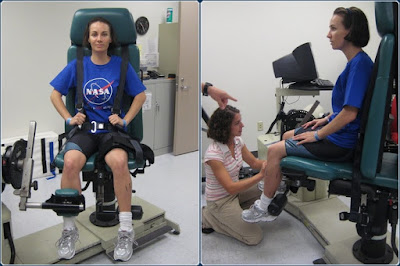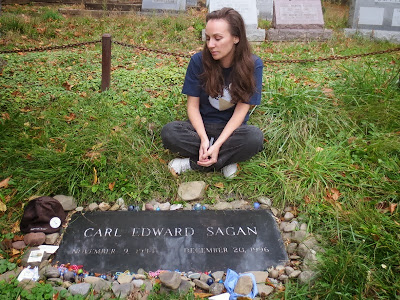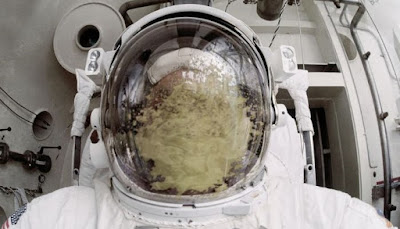This past week, I had an interesting milestone, and decided to share the results.
I first did a "recap" of my years of experiences in the NASA Spaceflight Simulation program at the Flight Analog Research Unit (FARU) run by Johnson Space Center in both Houston and on Galveston Island. A kind Twitter follower named Brian Murdock submitted it to a threading service in article format. Good stuff!
Long story short, my NASA Sim Studies (conducted 2008-2013 by Wyle BioAstronautics), carried risks of lowered immunity, plasma volume drop, vestibular (balance) issues, and heart enlargement in the short term -- but in the long term, after physical rehabilitation, possible risks still include changes in eyesight, cardiac weakening, muscle degradation, and lessened bone mineral density.
Every new day brings every woman alive closer to menopause, so of course I wondered in particular about bone density as I age. Thus far, in the decade after my micro-gravity and lunar gravity simulations, I did have to get new glasses because nearsightedness took a big jump, and of course I wondered -- as all analogs and astronauts must -- about how our medical numbers would look after many years. Am I in danger of being in a wheelchair as I was for the week after my longest sim ended? Probably not. But long-term dangers still remain a big question.
I get blood work from time to time, and in 2016, had an invasive workup that matched a few of the tests I underwent back in sims; I also get my blood pressure measured frequently. I asked for cholesterol levels in addition to things NASA previously measured: Hematocrit, Ferritin (iron levels), and Alanine Aminotransferase (liver enzymes).
One thing I had not repeated since my 5-year mark was the Dual-Energy X-Ray Absorptiometry -- abbreviated to DEXA or DXA, though more often referred to by orthopaedists as "Bone Densitometry."
Due to the sheer size of DEXA machines, such tests weren't as common as other diagnostics, and often required a specialist. Today, however, DXA scans are more widely available.
If you're curious about muscle mass, fat percentage, bone density and other body composition measurements that may judge your risk for future heart disease or osteoporosis, start at DEXASCAN.COM. This provides explanations and maps, so you can see if you have scanning services near you. Some require physician referral; others are freely available to all, and may indicate if more tests are advisable for certain conditions.
Upon securing an appointment, you'll be asked via email and web forms to provide a "Pre-Test Journal"-- mostly simple data ensuring you aren't pregnant, if you smoke, how you exercise, and you may add stats on allergies, sleeping hours, and dietary habits. It's helpful to note if medical issues run in your family, so technicians can translate results for you in terms of what you can do in the future to prevent onset of certain conditions.
All that is required of you is to lay still for about 6 minutes.
I went to a site in Silicon Valley called DexaFit in San Carlos. Capable technicians made me feel comfortable and gave me two scans in a mere 30 minutes, then gave knowledgeable explanations of how the scans work, and how to interpret results. Thanks so much for swift and efficient experience, Lizzy and Emily! I got to my subsequent lunch date on time.
The large scanner sends a thin, invisible beam of ionizing radiation (low-dose x-rays) with two distinct energy peaks through the skeleton. One peak is absorbed mainly by soft tissue and the other by bone. The soft tissue amount can be subtracted from the total and what remains is a patient's bone mineral density.
Happily, my borderline-anxious curiosity was rewarded only with relief. In the graphic above, the white square is my score. The aqua waves are the average for each age group.
My T-score is higher than average for my age, and better now than when I left sims, likely due to consistent exercise, genetics (never having broken any, strong bones were why I got into the astronaut analog program in the first place!), weight-lifting since the age of 19, and luck. As I put it to my parents later that day: "I can now officially tell you not to worry. NASA can't kill me even when they're trying!"
Space enthusiasts will further appreciate the irony of the GE scanner brand name.
How much do you truly know about your BONES?? Take a quick bone quiz, here!
















































































